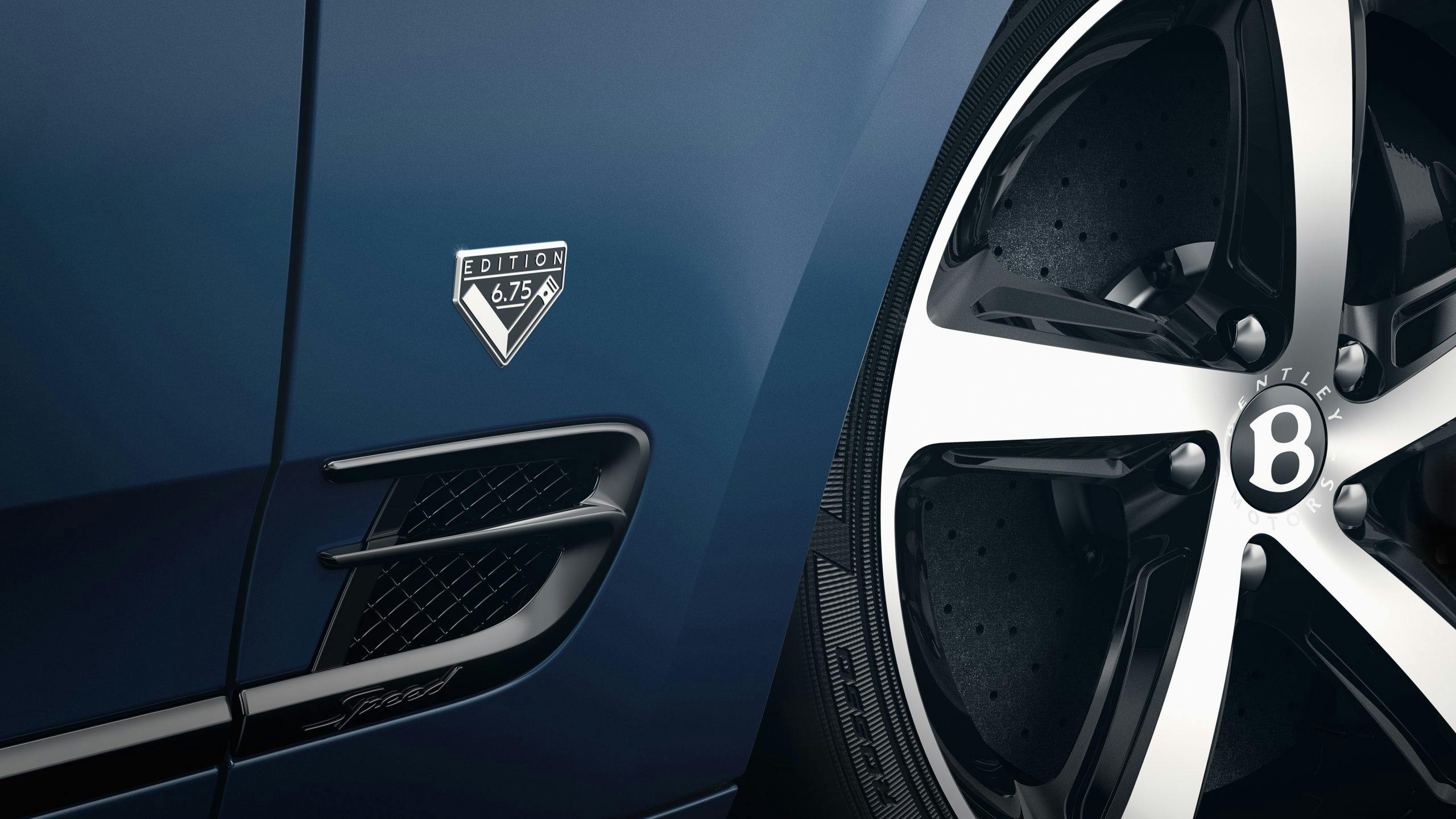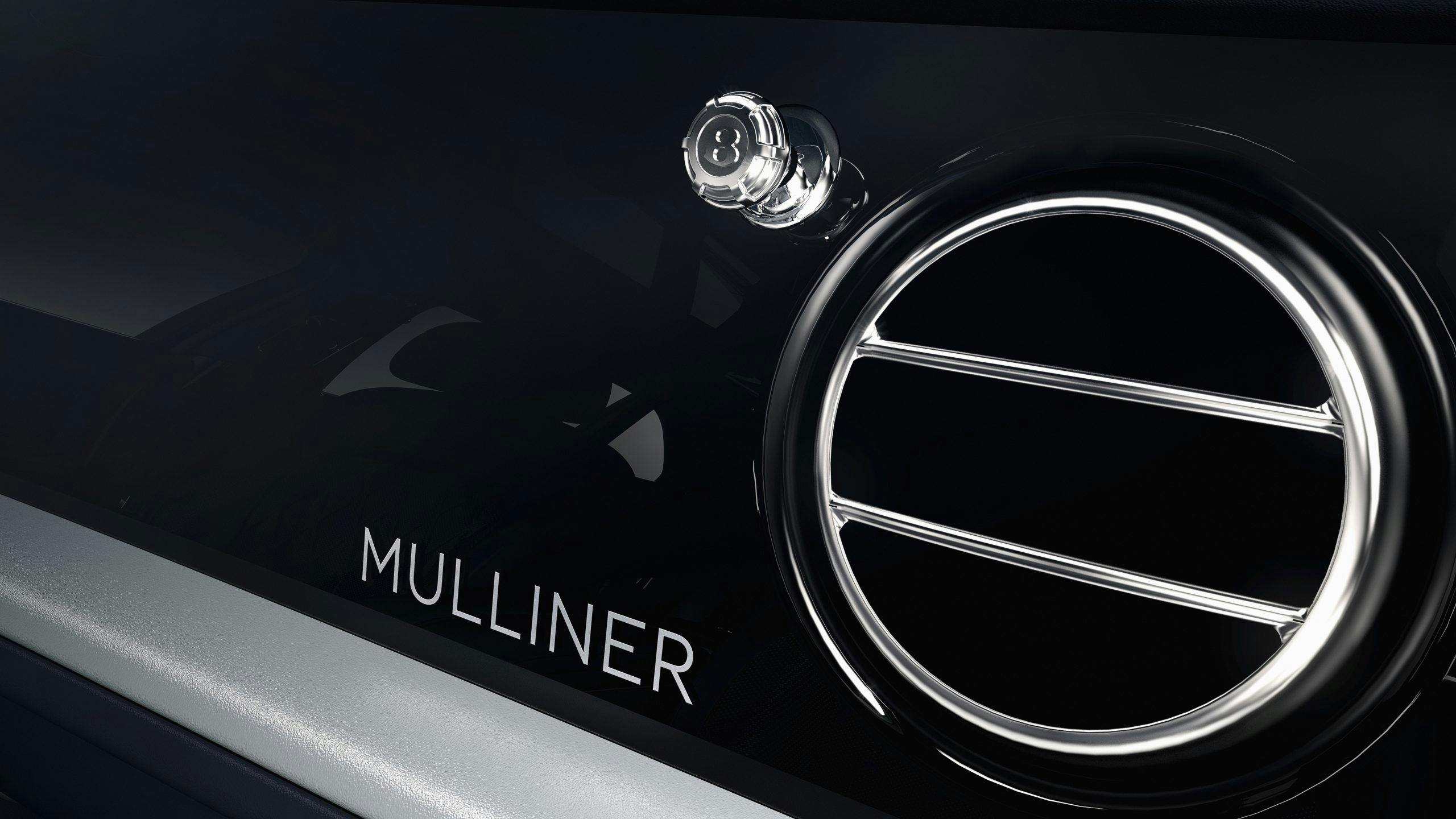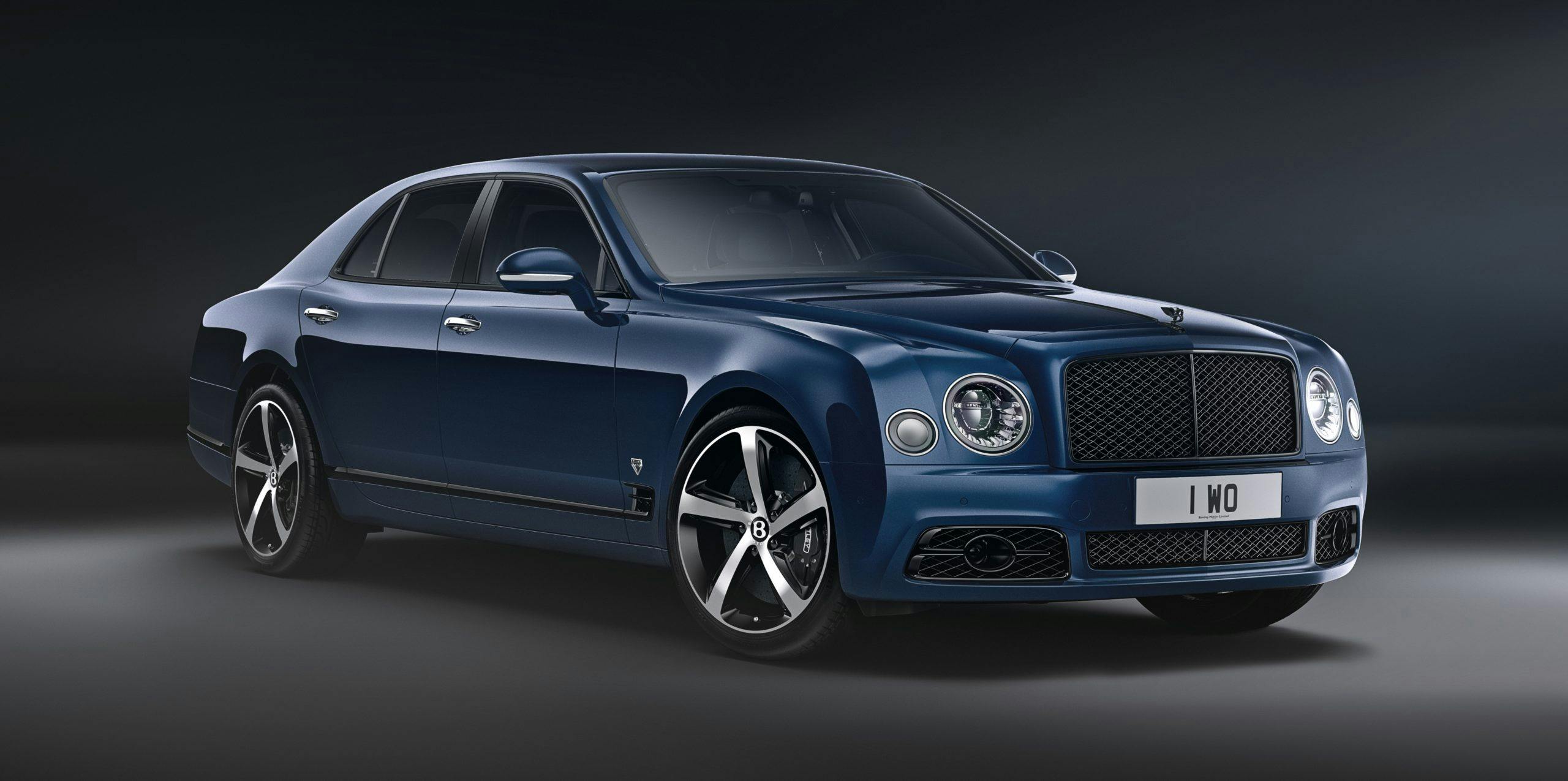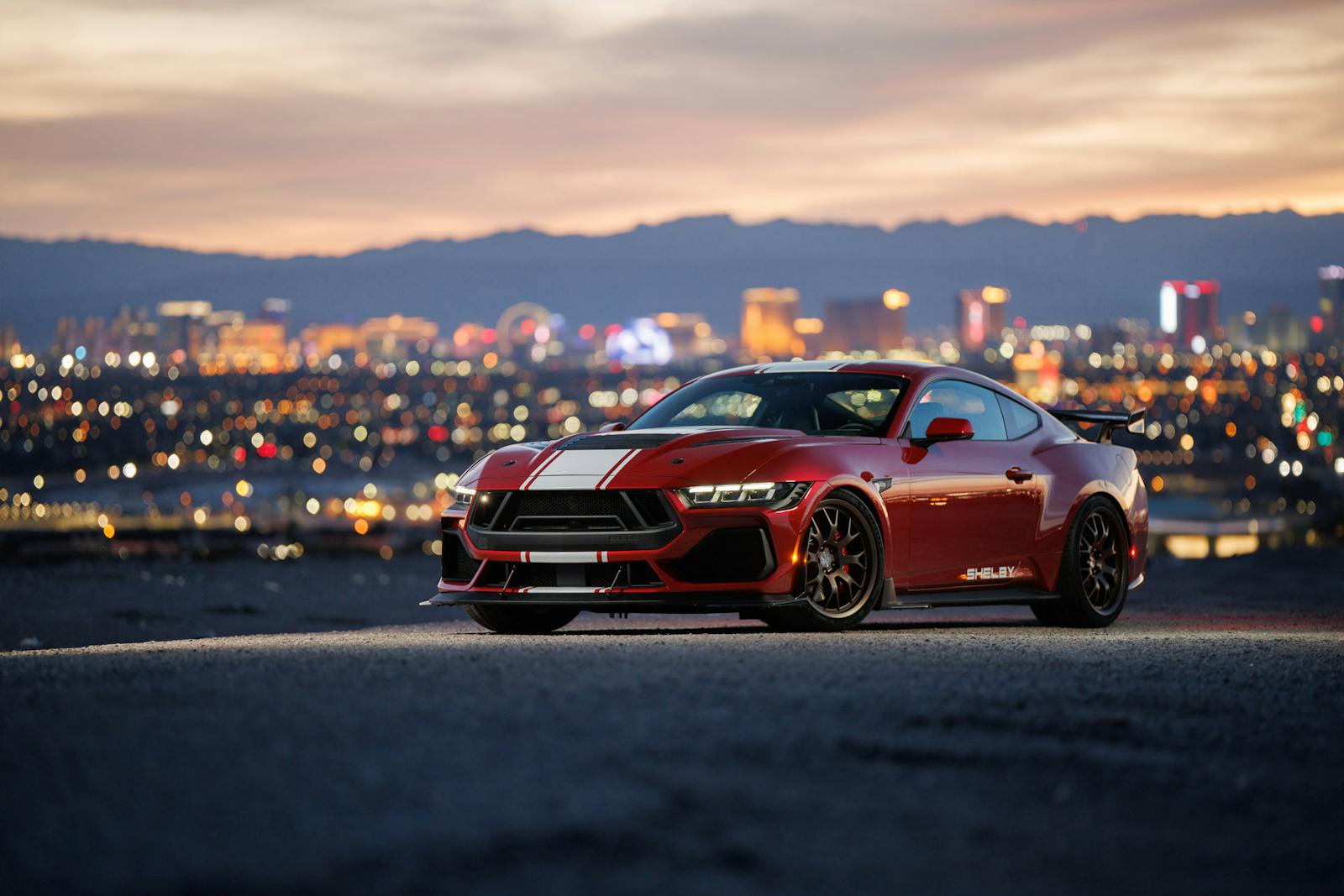Say farewell to Bentley’s L-Series 6.75-liter V-8
After shoving around Bentley’s most lavish models for 61 years, the L-Series V-8 has reached the end of its venerable evolution. On June 1, 2020, the crew of seven dedicated engine builders finished the last iteration of the 6.75-liter mill, a 502-hp engine destined for the appropriately retrospective Mulsanne 6.75 Edition by Mulliner.
The L-Series V-8 debuted in the 1959 Bentley S2 as a replacement for the S1’s straight-six, and its eight-cylinder progeny have regularly appeared under the bonnets of Bentley’s top-of-the-line models. Though we’re most familiar with its 6.75-liter iterations, the L-Series V-8 began as a 5.2-liter prototype under the guidance of Rolls-Royce, who then owned Bentley, and only saw production seven years later as a dual-carb, 6.2-liter mill in the S2—plus Rolls-Royce’s Silver Cloud II and Phantom. Displacement didn’t reach 6.75 liters until 1965, thanks to an increase in stroke from 3.6 to 3.9 inches, and the torquey beast didn’t become exclusive to Bentley for another 33 years, when Rolls-Royce decided to start using BMW V-12s instead.

Though the L-Series’ lifespan fits the aesthetic of a stately luxury firm rooted in tradition, its tenure can also be explained more pragmatically. Despite appearances, Bentley has never had much cash to lavish upon R&D. The firm decided, time and time again, to tweak the current L-Series for higher output and emissions compliance and spend the majority of its reserves elsewhere. As you’d expect, engine tech has marched on quite aggressively in 61 years. To go from 180 hp in the 1959 S2 to 530 hp in the 2020 Mulsanne Speed, Bentley had to do much more than breathe on its V-8.

The eight-cylinder engines share an aluminum block construction and characteristic “wave” of low-end torque, but apart from that, Bentley changed just about everything it could. (To decrease emissions by a purported 99 percent, substantial changes were required.) A single-turbo set up—Bentley’s first application of forced-induction since Tim Birken’s Blower Bentleys—for 1982 eventually gave way to a twin-turbo, fuel-injected configuration in the 2000s. In 2010, the engine received a host of upgrades—a new crankshaft, pistons, connecting rods, and cylinder heads—granting variable valve timing and cylinder deactivation. The latest pushrod evolution, first introduced in 2015, sports port injection, twin turbos, and yet another redesigned cylinder head; in the Mulsanne Speed, it churns out a grand 530 hp and 811 lb-ft of torque. Needless to say, the hand-built nature of these various engines was also a constant.

After all that time, and after all those changes, Bentley’s Member of the Board for Manufacturing, Peter Bosch, says that the L-Series V-8 “has earned its retirement.”
Though Bosch points to Bentley’s hybrid V-6 as the start of the firm’s “journey to electrification,” the chaps at Crewe aren’t proceeding with undue haste. Bentley’s 6.0-liter W-12 is alive and roaring in its new Continental GT, and Bosch says both it and the 4.0-liter V-8 have a place in Bentley’s future.





